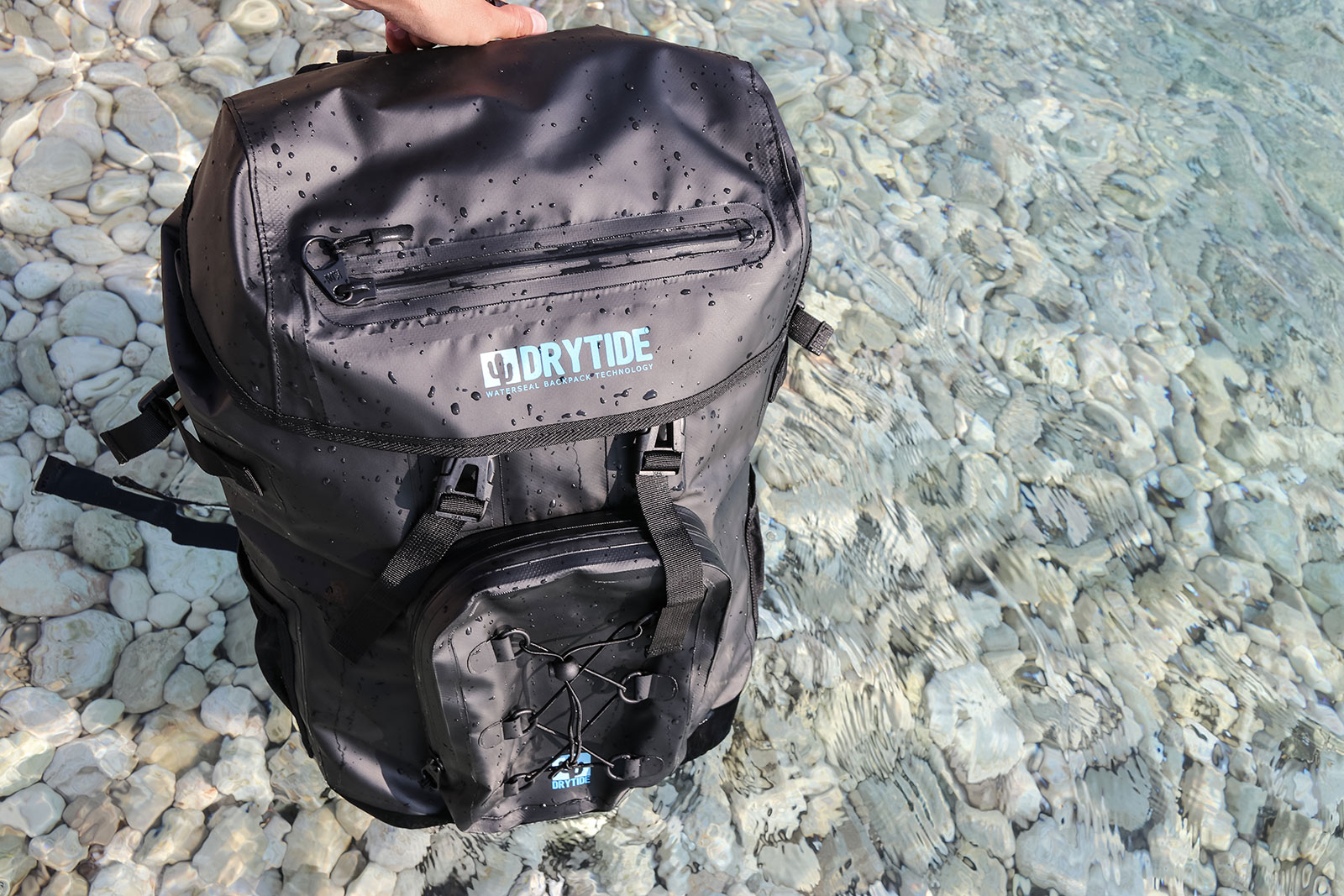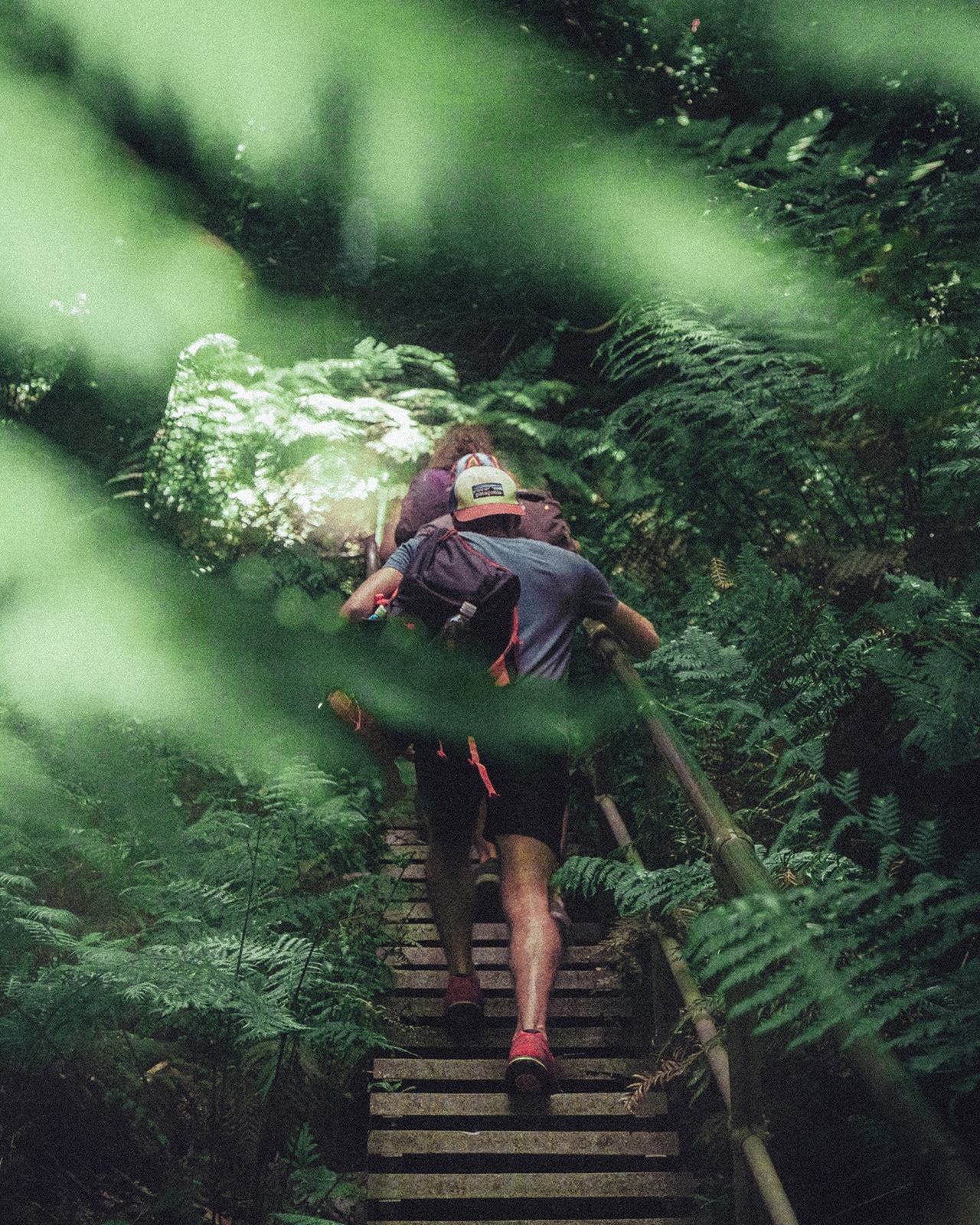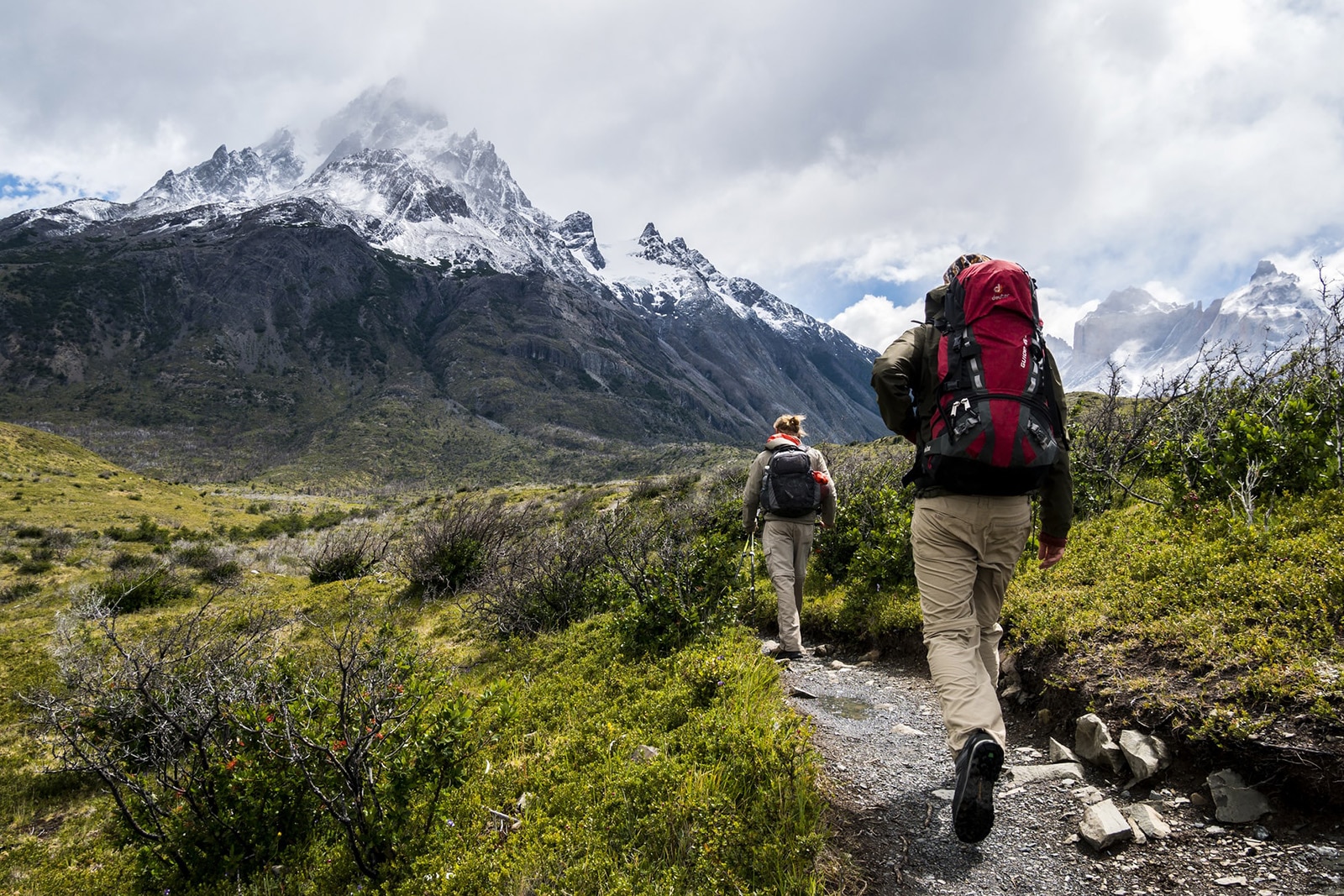Hiking can be a wonderful way to travel. A walking holiday is a low-impact, low cost and eco-friendly way to see the world – a slow travel adventure. But hiking is not always something you will do in perfect, dry, sunny conditions.
In spite of the best laid plans, you may often find yourself hiking in the rain. When hiking in rain usually you cannot just quickly run to your car and drive off. You have to be ready and deal with it. These top tips for hiking in the rain should help you make sure that you have a safe and enjoyable time, whatever the weather:
#1. Choose a Waterproof Backpack
Having a good backpack on a hike is essential. It is I think the number one thing that will help you out in rainy situations. If the rain is strong you will probably eventually get wet. If that happens you will need your spare clothes to be dry so you can change once you get to a dry place. This is why it is important that your backpack is waterproof. There are many “types” of waterproof; I would recommend you check this article explaining levels of waterproof to learn more.

To explain it shortly, most of hiking backpacks that are labelled waterproof only use fabric that will stop water for a while, but are not really sewn together in a way to be waterproof. This is enough if the rainstorm is short and not very hard. In longer and heavier rainstorms these kinds of backpacks will get wet.
If you are planning on hiking in locations where you can expect heavy rainstorm or if you just want to be extra safe then you need a 100% waterproof backpack. These backpacks use different materials and different construction technique. Backpacks like for instance the DryTide 50l can be literally dropped into the sea and things in the pack will stay dry.
Apart from keeping the water out you will also need the backpack to be comfortable to carry all the things you will need on your travels. It also helps if it has some pockets and straps to better organize your gear.
#2. Make Sure Maps Stay Dry
These days, many hikers depend largely on smartphones or other electronic devices to navigate. But even if you have all the latest GPS technology, it is still a good idea to carry paper maps too, wherever you choose to go. Even with a waterproof backpack, it is still a good idea to have a waterproof wallet where you can keep your maps – preferably a see-through one so you can take it out and consult it even in wet weather.
#3. Dress Appropriately
Of course, as well as choosing the right waterproof backpack, it is also very important to make sure that you choose the right clothes. Wear layers and avoid cotton and denim fabrics. Artificial fibres are much better at keeping you warm even when they are wet, soak up less water and dry faster.

One exception is the wool, wool is an extremely good insulator even when it is wet. For the outer layer for serious hikes waterproof but breathable fabrics are best (like Gore-Tex and similar).
Hiking boots should also be suited to the terrain you will be traversing and it is best if they are waterproof as well. There is nothing worse that wet feet.
#4. Check the Forecasts before Setting Off
Whether you are taking a day hike, or a longer distance travel adventure, it is important to make sure that you check the forecasts before setting off. Checking the weather allows you to make decisions about what you will bring with you, how much rain gear will you need. You can also plan your route in advance in a way to avoid getting wet (if that is possible).
Weather forecasts are really good these days, but make sure you check the more detailed cloud cover and precipitation maps. These will give you much more info than your ordinary sun and cloud icons.
One site that I can suggest is Windy; it has whole lot of different forecasts for the whole world. In extreme situations checking the weather can also the difference between life and death. A little rain is one thing – flooding, landslides and extreme weather events are quite another!
#5. Avoid the Boggiest, Muddiest Routes
If you are planning a hike in the rain, one final tip to bear in mind is that you should plan your route accordingly. Sometimes, there are multiple route options to reach a certain destination. Always read up on those routes, and choose the route best suited to hiking in rainy conditions. Avoid the boggiest, muddiest routes and stick to firmer ground where possible. Also avoid exposed routes where slipping on wet terrain can lead to serious injury.
The tips above are just some of the basics to consider when planning a wet weather hiking expedition. Hiking in the rain can still be a very rewarding way to travel – but you do have to use common sense, and make sure you are properly prepared.


